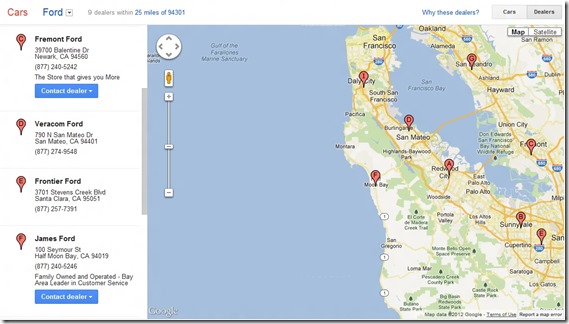Even though it’s the second largest search engine in the world, most users tend to believe that YouTube’s SEO value is primarily tied to the text surrounding the video, like titles, descriptions, and tags. Each of these pieces are important, of course, but did you know that any video you create contains a wealth of relevant, keyword-rich content just waiting to be unleashed?
We’re referring to the closed-captioning function contained within YouTube. According to The Video Marketing Blog, both Google and YouTube are indexing the text contained within close-captions. There are endless combinations of keyword possibilities contained within each video you create, especially with a little strategic planning.
Imagine doing a walk-around video on a vehicle at your dealership. During that walk-around, think of all the relevant words to the vehicle’s make and model that you would normally say, like engine type, features, benefits, and safety features. Add to the end of that a short “plug” for your business including its name, address, phone number, makes sold, and areas served, and now you have a super-relevant page of natural, relevant keywords that directly tie YOUR BUSINESS to every word you spoke within the video. All of this can be accomplished without having a spammy description on your video. In fact, you don’t have to include ANY of these items within the title, description, or tags for it to be indexed (although I would advise that you keep many of them, especially your business information and website URL).
It takes a little planning and effort, but YouTube will do the heavy lifting for you. Detailed instructions can be found within YouTube’s help pages, but here’s the short version:
After you’ve uploaded your video and added an appropriate title, description and tags, you will need to create a “transcript” file to upload. This is a simple text (.TXT) file that contains the “script” of your video. Essentially, you’re just typing what was said. Once finished, you’ll upload it into YouTube via the Video Manager for the video you want to caption. YouTube will take the “script” you created and automatically sync the words to the video.
That’s it! Not only did you add VSEO value to your digital marketing, but your video is doing double-duty by helping with normal search as well. Google gives high relevance to videos, so by combining both the power of video and super-relevant text, it’s like creating a piece of content on steroids (as far as both Google and YouTube search algorithms are concerned.)
In addition to SEO benefits, Google adds translation ability to the videos, so you’ve also created a video that assists consumers who speak English as a second language.
This simple and painless addition to your existing YouTube marketing will supercharge your efforts and help you dominate searches over your competition.
(Article originally published in the November 2012 issue of the 3 Birds Marketing newsletter)
